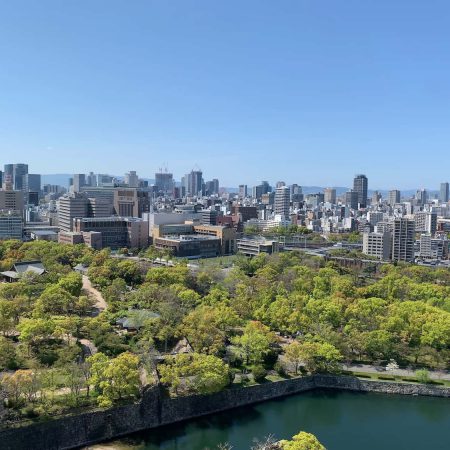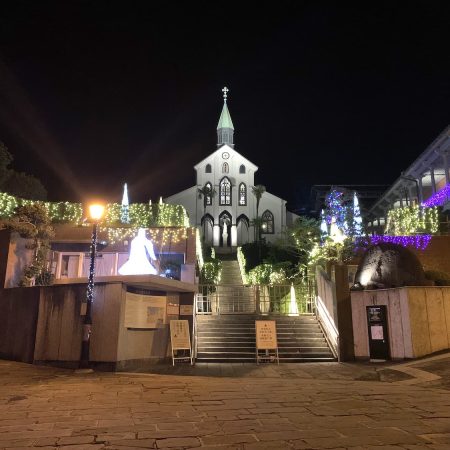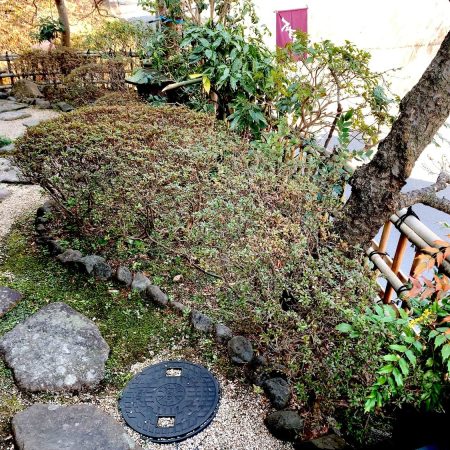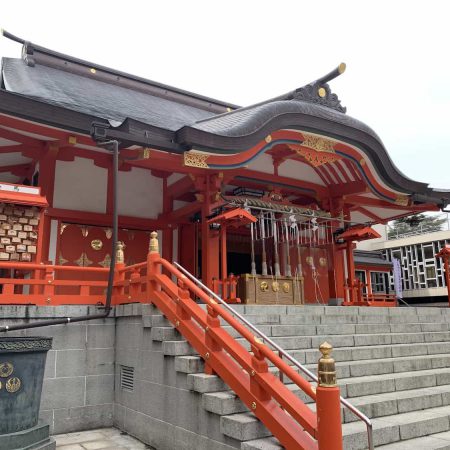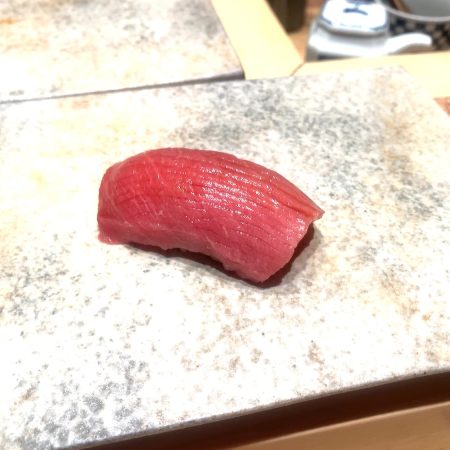Discover Tokyo’s enchanting parks and gardens around Tokyo Station for an unforgettable experience. Kokyo Gaien National Garden spans 1.15 million square meters, offering free admission and showcasing historical landmarks like the Nijubashi Bridge.
The East Gardens of the Imperial Palace, covering 210,000 square meters, welcome visitors with rich historical treasures, including the Sannomaru Shozokan museum and Ninomaru Garden. Kitanomaru National Garden, a 200,000 square meter oasis accessible from Kudanshita Station, boasts evergreen forests, cherry trees, and historical sites from the Tokugawa shogunate era.
Wadakura Fountain Park in Kokyo Gaien National Garden features an 8.5-meter fountain and seasonal attractions, providing a serene ambiance. Hibiya Park, a central Tokyo oasis since 1903, invites exploration with its rose garden, flower gardens, and Gothic-style Shisei Kaikan building—all with free admission.
Finally, Chidori-ga-fuchi Park, a breathtaking haven near Kudanshita Station, boasts a 700-meter-long cherry blossom path, seasonal flowers, and historical significance, making it a must-visit with convenient train access.
Kokyo Gaien National Garden(皇居外苑)
The Kokyo Gaien National Garden in Tokyo, Japan, spanning 1.15 million square meters, is a historical and cultural masterpiece with landmarks such as the Nijubashi Bridge and Kusunoki Masashige statue. Originating from the 15th century as part of Edo Castle, the garden retains many original structures, designated as Special Historic Sites and Important Cultural Properties. Modern features like Wadakura Fountain Park complement the serene atmosphere, providing a peaceful escape from city life. With free admission and convenient access, the garden offers a perfect blend of tradition and modernity, making it a must-visit for those interested in Japanese culture, history, and nature.
The East Gardens of the Imperial Palace(皇居東外苑)
The East Gardens of the Imperial Palace, located just a 5-minute walk from Otemachi and Takebashi subway stations, span 210,000 square meters and hold rich historical treasures. Open to the public, the gardens feature entrances through Ote-mon Gate, Hirakawa-mon Gate, and Kita-hanebashi-mon Gate. Highlights include the Sannomaru Shozokan museum showcasing imperial collections, Ninomaru Garden with Edo period designs, guardhouses like Doshin-bansho, and historical sites such as the Remains of Edo Castle, O-oku women’s quarters, Oku Corridor, Tenshu-dai for panoramic views, and the Fujimi-yagura keep.
Kitanomaru National Garden(北の丸公園)
Kitanomaru National Garden, a serene 200,000 square meter oasis near Tokyo, offers a peaceful retreat with evergreen forests, diverse trees, and over 200 cherry trees in spring. Momijiyama Hill transforms with fiery hues in autumn. With a historical background from the Tokugawa shogunate era, the garden features preserved gates, moat sections, a serene pond, and cultural sites like Nippon Budokan and National Museum of Modern Art. Accessible from Kudanshita Station, it’s a popular spot for cherry blossom and autumn leaf viewing, providing relaxation for history enthusiasts, nature lovers, and culture enthusiasts alike.
Wadakura Fountain Park(和田倉噴水公園)
Wadakura Fountain Park, situated in the Wadakura section of Kokyo Gaien National Garden, is an exquisite space featuring an 8.5-meter fountain, a 30-meter artificial waterfall, and historic Edo period structures. Constructed to celebrate imperial marriages, the park embodies Japanese culture, emphasizing nature and harmony. With a minimalist design using concrete, water, and light, the park creates a serene ambiance, symbolized by a chrysanthemum-shaped fountain. Seasonal attractions include cherry blossom viewing, autumn foliage, and an illumination event. Visitors can escape the city’s hustle, relax on benches, and experience the cultural richness and natural beauty of Japanese culture in the heart of Tokyo.
Hibiya Park(日比谷公園)
Hibiya Park, a central Tokyo oasis dating back to 1903, offers a captivating blend of Japanese culture and history within its 40-acre expanse. Once a military training ground and feudal lord residence, the park features a rose garden, Western-style flower gardens, a pond surrounded by cherry blossoms and ginkgo trees, and the Gothic-style Shisei Kaikan building. Notable is the Risky Ginkgo tree, preserved against potential job loss for the park’s designer in 1901. The Hibiya Open-Air Concert Hall hosts various events, attracting locals and tourists for cherry blossom viewing, Oktoberfest, and more. Conveniently accessible, the park is a leisure destination with free admission.
Chidori-ga-fuchi Park(千鳥ヶ淵公園)
Chidori-ga-fuchi Park, a short walk from Kudanshita Station, is a breathtaking haven for cherry blossom viewing, featuring a 700-meter-long path with 170 cherry blossom trees. The park’s unique charm and elongated shape offer a perfect setting for enjoying seasonal flowers, including yellow rapeseed flowers contrasting with cherry blossoms. Adjacent Kitanomaru Park with historical sites is worth exploring. The park’s name, “Chidori,” refers to the plover moat, part of the Edo Castle’s surroundings. Beyond its historical significance, the park is a serene escape, transforming into a festive destination during cherry blossom season. Boat rentals offer a scenic view of the surroundings. With convenient train access, Chidori-ga-fuchi Park is a must-visit in Tokyo for nature lovers, history buffs, and those seeking a peaceful escape.



